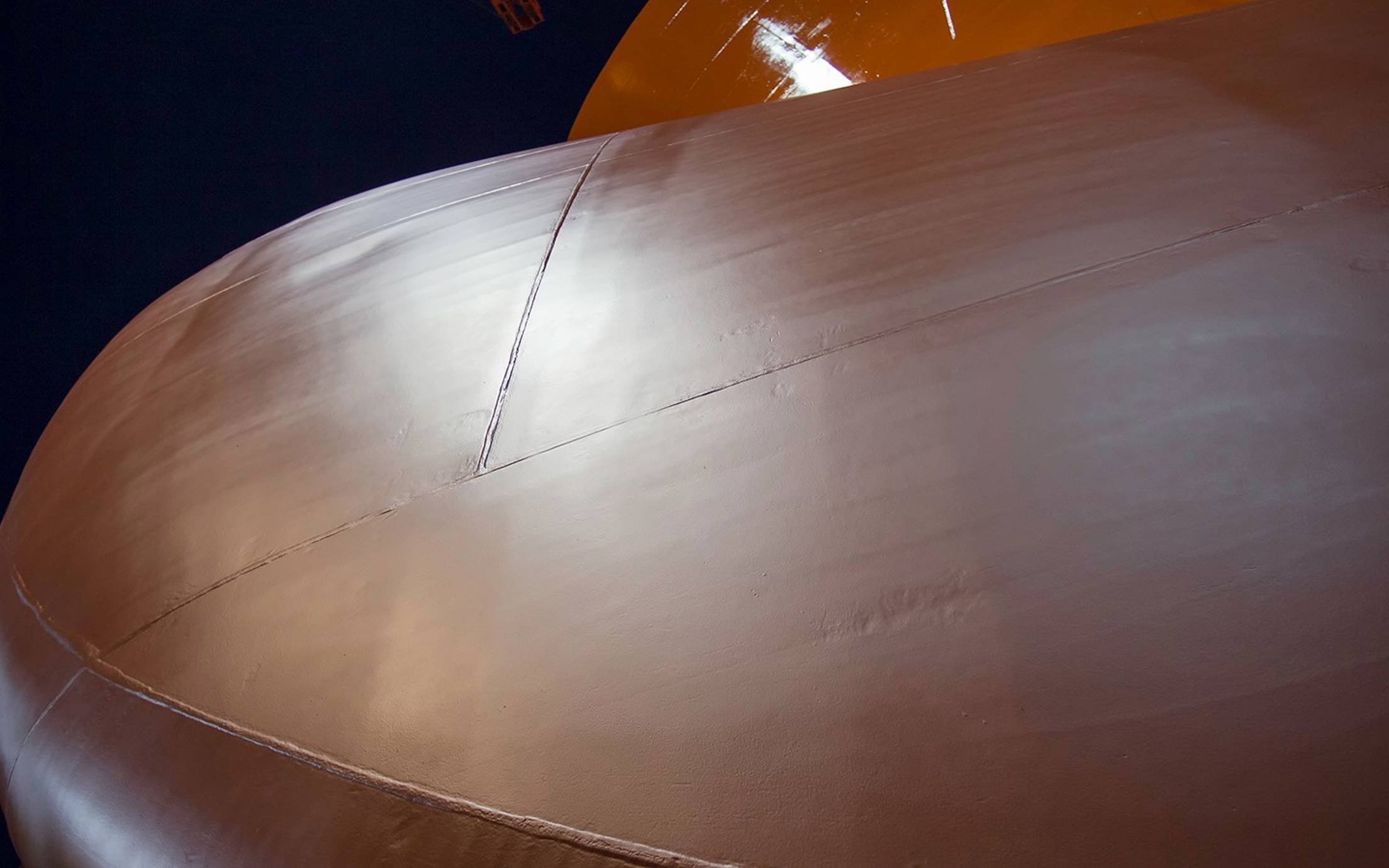Unless something in the maritime industry changes dramatically, the world fleet will continue to be dogged by structural overcapacity as new and more technologically-advanced vessels hit the water. These incrementally more fuel-efficient newbuilds displace older tonnage, able to better offset their costs and provide a better value-offering for charterers.
The cost of oil may be low at present, but this does not alter the fact that fuel is still one of, if not the biggest expense in ship operation. The entry into force of the IMO´s 2020 global sulphur regulations, too, capping bunker fuels' sulphur content at 0,5%, is likely to chase up redinery demand ahead of capacity, making it very unlikely ship fuel will get any cheaper in the coming decades.
Owners of existing ships will be hit with a two-fold problem, then; just as the fuel price climbs again, new environmental regulation like the EU’s Monitoring, Reporting and Verification (MRV) plan and China’s newly-delineated ECA zones place vessels under ever-closer scrutiny. Older ships will grow increasingly uncompetitive, increasingly quickly. Owners and operators of existing vessels will face mounting pressure to ensure that the competitiveness of these assets diminishes as little as possible over the course of their service lives.
With this in mind, an interlude of low fuel prices, and before the onset of much of the upcoming, market-upending regulation, is likely the best possible time to consider what can be done to keep existing vessels fighting-fit.
Stein Kjølberg, Global Concept Director at Jotun Hull Performance Solutions, recommends 10 ways to reduce fuel costs in relation to vessel hull and propeller performance.
1. Surface preparation
Should you go for full-blast on a ship´s hull, or just a touch-up? Initially, the idea of saving money on less surface preparation makes sense. However, we have in many cases seen that the improved smoothness achieved by doing a full-blast and building up the entire paint system from scratch, has a much bigger impact on the fuel consumption than initially expected. Rule-of-thumb (based on the latest recommendations from ITTC), is that a 10 micron increase in roughness could lead to a 0.6% increase in the fuel cost. The difference between full-blast and touch-up will, in many cases, be more than 10 microns. Less surface preparation also increases the risk of building thicker, less robust coating systems that over time may deteriorate further increasing the roughness.
2. The choice of a high performance antifouling system
This does not necessarily mean that the most expensive system on the market should be chosen every time, but moving one step up the ladder will ensure a more predictable performance, hence reducing the additional fuel cost.
3. Frequent propeller cleaning
Cleaning the propeller at least twice a year is probably the lowest cost approach to reducing fuel consumption and improving performance.
4. Regular underwater hull inspection and cleaning
Do not wait until the hull is visibly green, and the performance drop is substantial. Cleaning with water, preferably at a 45 degree angle, makes less of an impact on the antifouling system. An underwater hull cleaning carried at an earlier stage maximize the chances of effectively removing the fouling organisms and minimize the risk of fouling organisms not being effectively removed.
5. Ensure lay-up at suitable locations
While we know this is not always possible, lay-up in deep water instead of shallow water - which is more exposed to marine fouling - will reduce the impact on the hull.
6. Avoid high speed runs at regular intervals during long lay-up periods
This practice has proven to increase the risk of fouling, and the vessel will burn much more fuel than necessary; it is better to do regular inspections and do an underwater cleaning if/when necessary.
7. Ensure that the correct NB spec is discussed from the start
Often antifouling systems are specified as TBT-free self-polishing for 60 months. This leaves a lot of leeway for yards to ask for a low-cost system, and for the paint makers to try to save cost by offering their lower range, just-about-suitable products. Owners that are more specific and willing to invest a bit more at the initial stage, will recoup much more in savings over time.
8. Evaluate the operational pattern
Avoid trade where the vessel runs on low speed at night and high speed during the day. Even though the average speed, rpm and power remains the same, we have seen examples where such a practice have increased the fuel consumption by as much as 3%.
9. Measure changes in performance according to ISO 19030
Even on vessels where dataloggers for collection of high frequency data are not available (ISO 19030-2), analyzing available noon data can still give an indication of actual performance over time (ISO 19030-3). Based on the accurate measurement of these trends, the shipowner will be able to decide if the coatings are good enough for their needs, or if better approaches are needed.
10. Do a proper evaluation of the process of a docking
Normally, the yard is chosen first, then surface preparation and finally the antifouling. However, in an ideal version of this process, the owner would first decide the expected lifetime of the vessel, then decide on what type of antifouling would be best suited to achieve the best performance. Having identified these parameters, the owner would select the best surface preparation to achieve the expected result. Finally, the yard can be chosen based on its ability to deliver on all these parameters.



